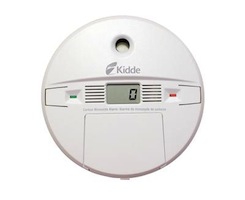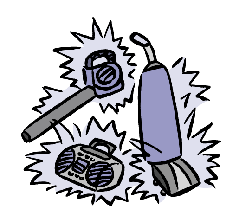Learn the causes and symptoms of carbon monoxide poisoning and the simple steps you can take to protect yourself and your family.
Each year 20,000 Americans visit emergency rooms for exposure to carbon monoxide, a colorless, odorless and tasteless gas that is produced by engines, appliances and other devices that burn gas, wood or other fuels. But there are simple steps you can take to help protect yourself and your family from this potentially deadly gas.
Know the causes.
Knowledge is power and, in this case, could save your life. When there’s too much carbon monoxide in the air, it replaces the oxygen in your blood, which causes your body to shut down. Educate yourself and your family on the causes of carbon monoxide poisoning.
Perform annual inspections.
Hire a qualified technician to service your heating system, chimneys and any fuel-burning appliances. Refer to the owners’ manual when performing maintenance to these appliances, and always repair leaks promptly.
Use proper heating methods to heat your home.
Never use a gas stove, generator, charcoal grill or other gasoline or charcoal-burning device inside your home, even if you’ve lost electrical power. You might be cold, but it could be a lot worse. When using your fireplace, always be sure to open the flue for proper ventilation.
Turn off your car.
Do not idle your car in your garage, even if the garage door is open.
Always vent.
Be sure your chimneys, stove, space heaters and other fuel-burning appliances are properly vented.
Install carbon monoxide detectors.
Place them throughout your home, especially near bedrooms. Keep detectors unobstructed and change batteries regularly.
Know the symptoms.
Because you can’t see, smell or taste carbon monoxide, it can often be fatal before you’re even aware of an issue. That’s why it’s so important to know the symptoms of carbon monoxide exposure. If you experience any symptoms, get outside immediately and call 911.
Related Articles
- Should You Buy A Tankless Water Heater?
- Home Maintenance Checklist
- Affordable Solar Options
- 8 Ways to Winterize Your Home
- How To Choose A Contractor
- Homeowners insurance: What you need to know
- Homeowners Insurance Guide
- Homeowners Insurance: 12 Ways To Save!
- How to Buy a HUD Home
- How to Sell Your Home In a Down Market
- Do You Qualify for an FHA Loan?
 Print
Print Email
Email








